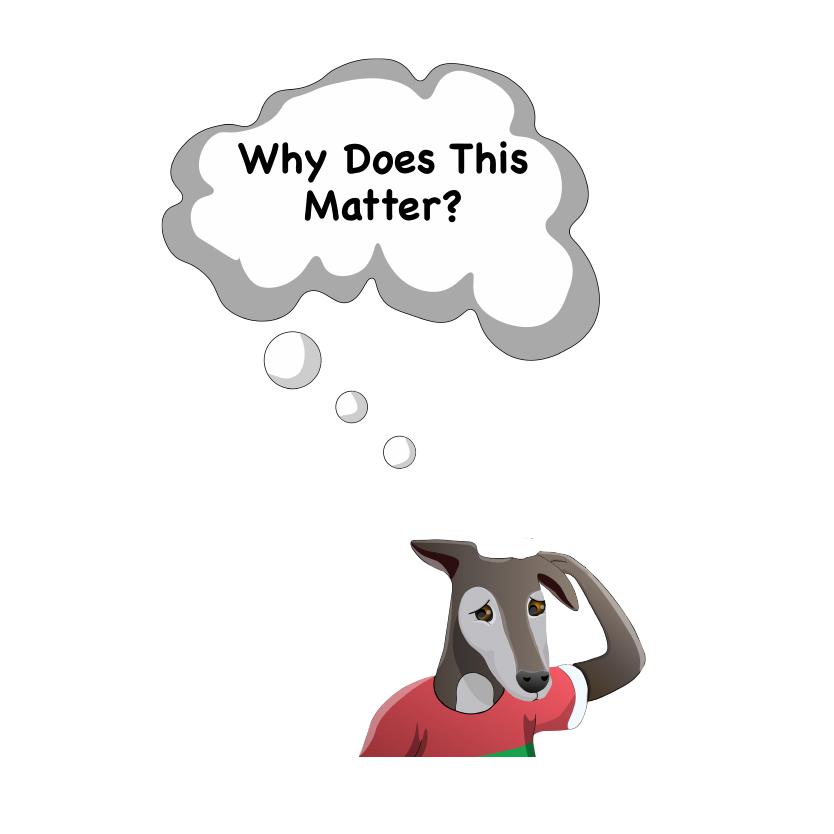
Model Good Behavior as Classroom Management Strategy
Think about a time you witnessed someone claim they dislike an activity but then turned around and did that activity. What word comes to mind? Your students don’t like hypocrites either. When a teacher has the rule “do not use outside voices in the classroom” but then yells at the students, that teacher chips away at the students’ trust and respect because they do not model good behavior in the classroom.
We all know the importance of role models. Some of the world’s most important role models are teachers. The Positive Behavioral Interventions and Supports (PBIS) strategy of modeling acts as an indispensable classroom management strategy.
What are the benefits?

You are using Applied Behavior Analysis (ABA) to show your students how to understand the expectations when you model behavior. Additionally, you offer indirect student feedback and engagement by acting as a role model. By being consistent with your modeling, you even offer routine and structure. Through this evidence-based instructional practice (EBIP), you cover the ‘RUS’ of the RUSTY System.
Why does this matter?

The RUSTY System’s purpose is to show teachers how to implement classroom behavior strategies for better classroom management. Modeling is a key technique that does wonders for your learning environment. Students pay more attention to the words and actions of adults than some people realize. You foster respect and rapport with your students, which we know improves classroom engagement, by displaying how a person should behave in a classroom.
What does this look like?

Words. Model what to say and how to say it. The words that come out of someone’s mouth are just as important as the tone in which they say them. Your students need to learn positive ways to speak to other people. For example, when a student gets upset and wants attention, you can tell them to try asking nicely “Can you come and sit with me?”. Respect should be inherent in every word spoken in a classroom.
Activities. Model the expectations you have for every activity. If each student will create a foldable, show the class how to make the foldable step-by-step and have the completed paper available for students to look at and touch. Similarly, model new or different ways to play or work. For example, show a student how to incorporate friends into a game. This way, the friends become the source of the student’s attention.
Etiquette. Model polite behavior. Your students’ brains are sponges. When you say “please” and “thank you,” and encourage your class to do the same, the students will follow your lead. For example, teach students to ask, “May I play with you?”.
When you act as a good role model in everything you say and do in the classroom, your students will have more respect for you. Unfortunately, we’ve all seen students decline to respect their elders and one another. However, when you offer consistent, meaningful modeling, students can learn how to speak and behave in constructive ways. Your classroom management will only benefit from you modeling classroom behavior.



